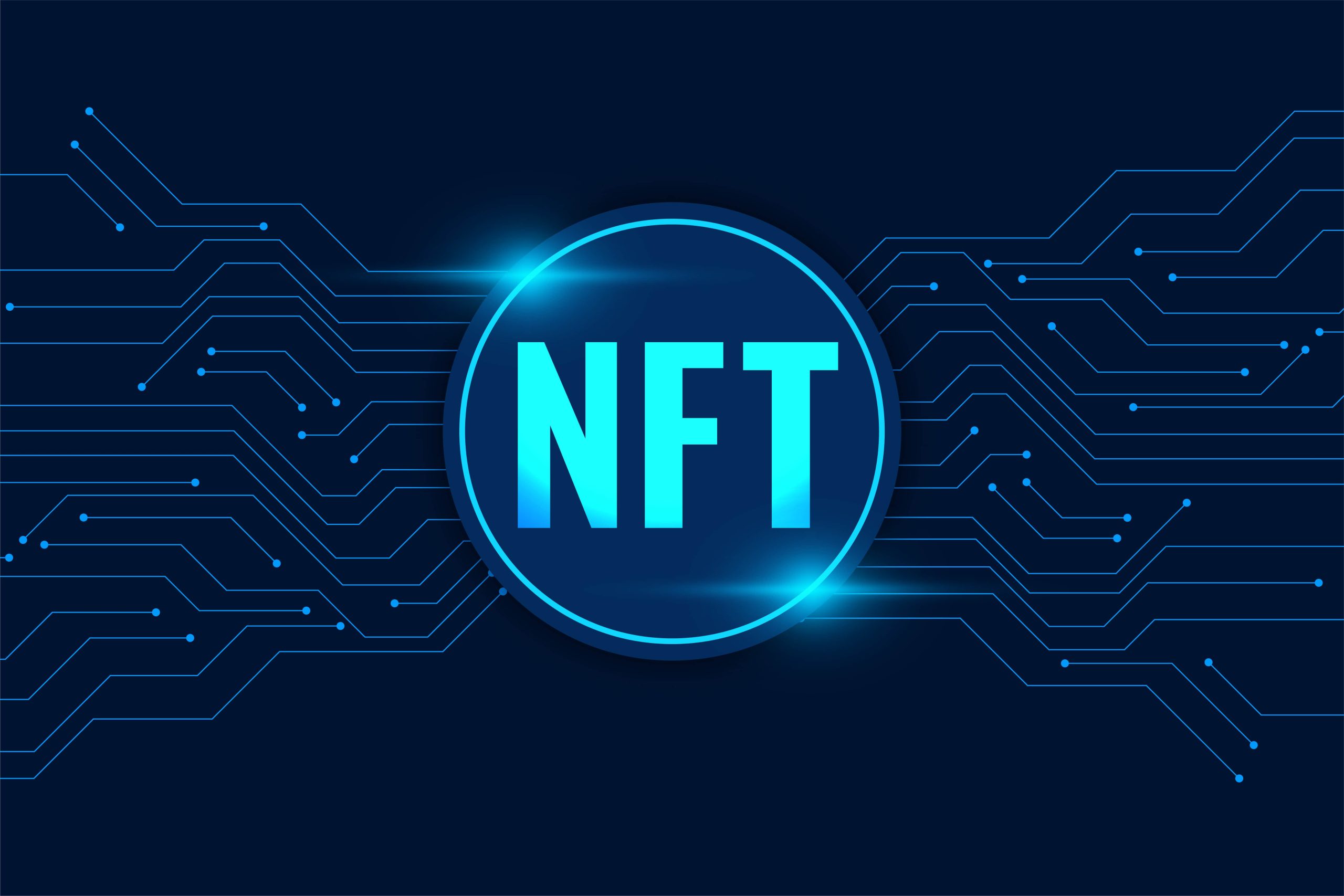Non-fungible tokens (NFTs) have changed the digital collectibles market. These one-of-a-kind digital assets have opened up new doors for producers and collectors alike, enabling them to monetize and exchange one-of-a-kind digital things. NFT security and administration present distinct challenges for collectors, who require dependable wallets to keep and exchange their assets.
Many of these wallets include tools for monitoring key metrics on each coin kept, such as purchase price and profit/loss metrics. This knowledge gives users an up-to-date portfolio summary that they can use to optimize returns on their purchases in NFTs or other Crypto Collectibles (CCLs).
With that in mind, let’s examine how some of the most popular NFT wallets are influencing the digital collectibles market.
Understanding NFT Wallets
NFT wallets are a new device that enables consumers to keep and transmit NFTs. They are digital assets that reflect ownership rights to virtual objects such as artwork, video games, or collectibles. Unlike conventional cryptocurrencies, each NFT is linked to a one-of-a-kind digital commodity, such as a collectible item or artwork.
This means that there will never be two versions of the same NFT. As a result, NFTs cannot be copied or duplicated, giving people more protection over their digital possessions.
NFT wallets enable users to control their digital collectibles in a safe setting. A computer, iPad, or smartphone can view the wallet via the internet.
To provide additional security measures, several authentication methods are typically involved, such as biometrics and physical keys. Many of these wallets provide tools for tracking important data points on each token held, such as purchase price and profit/loss metrics.
The Impact of NFT Wallets on the Digital Collectibles Market
The ability for users to exchange, store, and mint collectible things within a private wallet has allowed for increased investment in this expanding sector of the economy. As the liquidity of these marketplaces grows, investment in NFTs is yielding higher yields than ever before.
They reflect a much greater variety of worth than conventional markets, such as stocks or bonds, due to their unique structure and ability to be safely tokenized or subdivided into smaller fractions. This has given investors who were previously neglected by conventional markets access to these alternative paths with lower risk and higher gain potential without jeopardizing security or legal compliance standards.
Investors are also feeling a stronger connection to the projects they invest in because of more liquid avenues offering better communication channels between project stakeholders and minority holders alike, with features such as voting rights built into those technologies that facilitate better-distributed governance among token holders of varying levels of investment size, as opposed to relying solely on centralized third parties responsible for governance.
Challenges Facing NFT Wallets
Despite their high potential, NFT wallets face several obstacles that must be overcome in order for the digital collectibles market to achieve its maximum potential.
Scalability is one of the major obstacles that NFT wallets encounter. NFT wallets may experience slow transaction rates in times of heavy demand due to their decentralized structure, as each node must handle transactions separately.
This can cause delays when moving tokens from one wallet to another or money from one wallet to another. Developers have explored methods of improving scalability by adopting off-chain scaling solutions that offer faster transactions without sacrificing security or decentralization in order to increase transaction speed and reduce delays.
Usability problems linked to user interfaces and design decisions are another hurdle for NFT wallets. Many users find it difficult to use wallets because of their intricacy and technicality; this may discourage new users from entering the digital collectibles’ development potential.
Developers should aim to create more user-friendly platforms that allow many users – regardless of technological expertise – to easily access these new technologies. Developers should strive to create private yet powerful tools within their wallets that provide these choices, while also allowing for modification based on individual requirements and payment methods.
This tendency is likely to continue as more platforms enable the storage and trading of these collectibles as more users become acquainted with digital wallets and comfortable transacting online.
With increased trust in online deals comes increased trust from prospective consumers and vendors, resulting in a more effective environment that benefits the entire market. NFT wallets have proven their ability to successfully support the growth of crypto-based collectibles markets, from decentralized apps like Ethereum to safe cryptocurrency wallets for asset security and smart contract capabilities.






























































